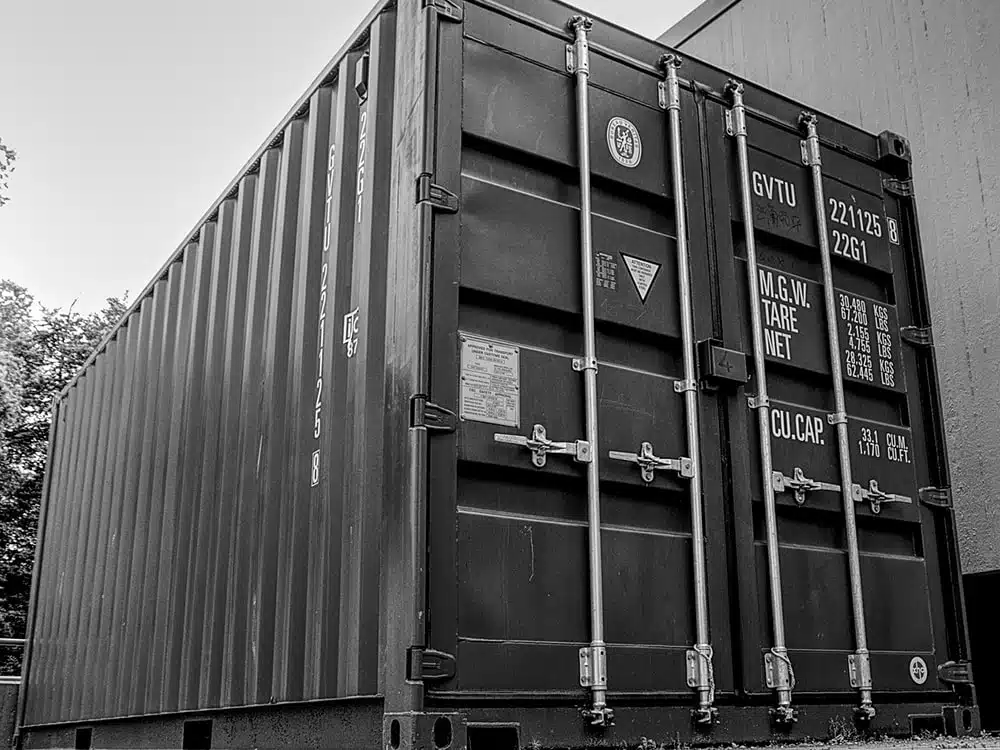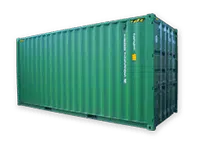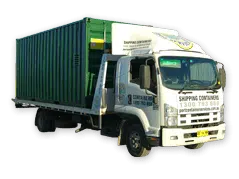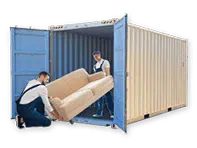The Ultimate Guide to Buying a Shipping Container
Buying a shipping container involves several considerations, making it seem overwhelming. Need reliable shipping containers fast? We’ve got you covered! This guide aims to help you make an informed decision by outlining the key factors you need to consider when buying a shipping container for your needs.
Understanding Your Needs: Size, Condition, and Budget

Before you start shopping for a shipping container, it’s essential to understand your specific requirements. Here’s what you need to consider:
Size: Shipping containers come in various sizes, but the most common are 10-foot, 20-foot, and 40-foot containers. The size you choose depends on your storage or transportation needs.
-
- 10-foot: Ideal for small storage needs or limited space.
- 20-foot: Versatile and popular for a range of uses, including construction sites and general purpose storage.
- 40-foot: Best for large-scale storage or transporting goods over long distances.
Condition: Containers can be new or used. New containers are typically more expensive but are in pristine condition. Used containers can be a cost-effective option but require thorough inspection to ensure they are in good condition.
Budget: Your budget will significantly influence your options. Determine how much you are willing to spend and compare prices accordingly. Remember, the purchase price may vary based on the container’s size, condition, and additional features.
New vs. Used Shipping Containers: Weighing the Pros and Cons
Choosing between a new and used shipping container involves considering the pros and cons of each option.
New Containers
- Pros:
- No wear and tear.
- Guaranteed to be in perfect condition.
- Often come with a warranty.
- Cons:
- Higher purchase price.
- May have limited immediate availability.
Used Containers
- Pros:
- Lower cost.
- More readily available.
- Environmentally friendly option as it repurposes existing materials.
- Cons:
- Potential for wear and tear.
- Might require repairs or modifications.
- Limited warranty or no warranty at all.
Budgeting and Cost Considerations: Finding the Right Value
Budgeting for a shipping container involves more than just the purchase price. Here are some cost considerations to keep in mind:
Purchase Price: Varies based on size, type, and condition.
Delivery Costs: Depending on your location, delivery can add a significant amount to the overall cost.
Modifications: If you need customization, factor in the cost of modifications such as adding windows, doors, or insulation.
Maintenance: Consider future maintenance costs to keep the container in good condition.
Inspecting and Choosing the Right Shipping Container
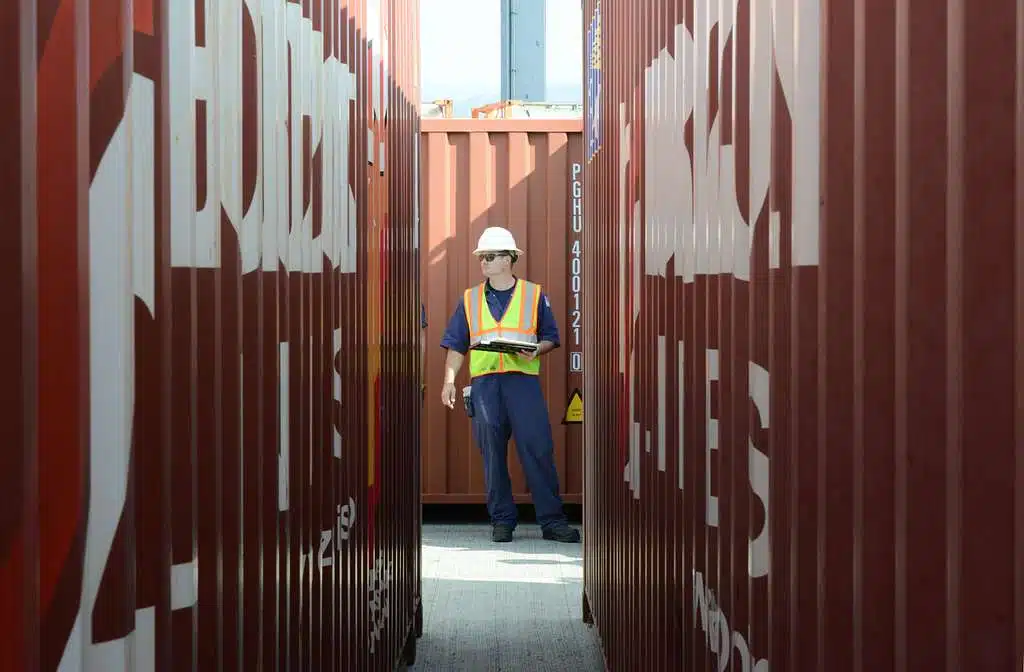
Inspecting a shipping container before purchase is crucial, especially if buying used. Here are steps to ensure you choose the right container:
Exterior Inspection: Check for rust, dents, and structural damage. Ensure the container is cargo worthy.
Interior Inspection: Look for leaks, water damage, and the condition of the flooring.
Doors and Seals: Ensure doors open and close properly and seals are intact to prevent water ingress.
Documentation: Verify the container’s history and ensure it meets safety standards.
Additional Considerations: Delivery, Warranties, and Maintenance
When purchasing a shipping container, consider these additional factors:
Delivery: Confirm the logistics of delivery and placement at your site. Ensure the delivery company can handle the type of terrain and space you have.
Warranties: Check if the container comes with a warranty and what it covers.
Maintenance: Regular maintenance, such as rust prevention and sealing checks, will extend the container’s lifespan and ensure it remains in good condition.
Frequently Asked Questions About Shipping Container Purchase
Shipping containers commonly come in 10-foot, 20-foot, and 40-foot sizes. High cube containers are also available for additional height.
Inspect for rust, structural damage, water leaks, and ensure doors and seals are in good condition.
Costs vary based on size, condition, and type. On average, prices range from $2,399 for used containers to over $6,790 for new high cube containers.
Yes, shipping containers can be modified to include features like additional doors, windows, insulation, and more to meet specific requirements.
Containers are typically delivered using tilt trays, side loaders, or Hiab cranes, depending on your location and site conditions.
New containers often come with warranties, while used containers may have limited or no warranties. Always confirm warranty details before purchase.
Three-Step Process to Purchase a Shipping Container
Determine Your Needs:
Identify the size, type, and features required for your project.
Set a budget considering all associated costs.
Inspect and Compare:
Inspect containers thoroughly.
Compare new and used options based on condition and price.
Finalize Purchase and Arrange Delivery:
Select the best container for your needs.
Arrange for delivery and ensure proper placement at your site.
Purchasing a shipping container involves careful consideration of your specific needs, budget, and the container’s condition. By following this guide, you can make an informed decision and select the best container for your project. If you have any further questions or need assistance, feel free to contact Port Shipping Containers at 1300 957 709.
Engage with Us
Reach out to us with your thoughts or questions. Share this guide with others who might find it helpful. For more information on our products and services, visit our website or give us a call.



